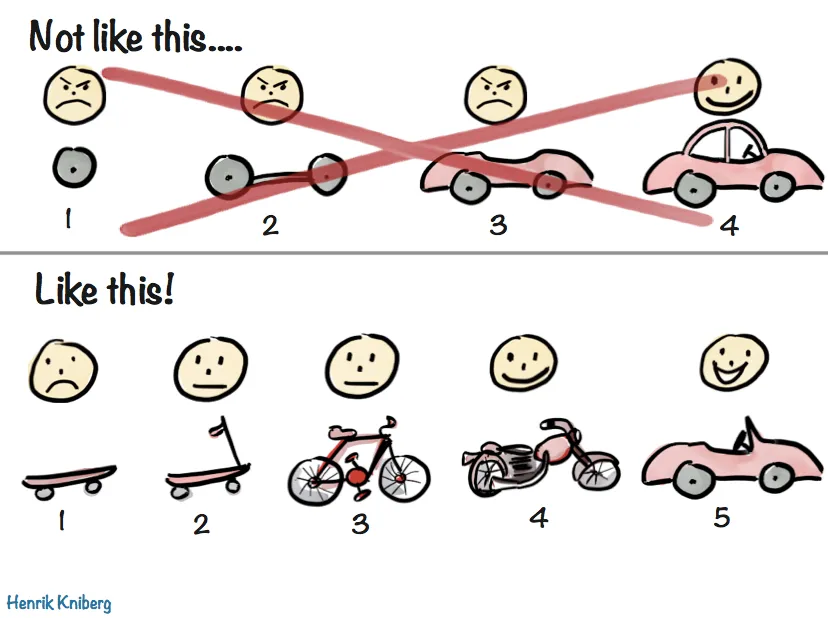The Power Of Examples
I’ve subscribed to Kent Beck’s Tidy First substack, and there’s lots of useful info there. He just posted a piece on Why TDD doesn’t Lead to Dumb Code. As usual, it’s a really good entry.
But what really stood out to me in that post was not what he was saying, but how he was saying it. In particular, his use of an example. Beck is trying to answer why TDD doesn’t lead to overly specific code. The task at hand is to use TDD to write a function called factorial. As a software developer, figuring out the factorial of a number is something I’m very familiar with. So the amount of cognitive overhead to understand the problem space was approximately zero. This left me all of my bandwidth to understand the message about TDD and generalization that he was really trying to get across.
That’s the beauty of good examples. They help the reader/listener understand the problem and the solution. And good examples don’t burden them with additional things they need to learn before they can get to the information you’re trying to impart.
One good way to do that is by knowing your audience and understanding their context. It’s great if you share the same context, but the key is speaking in their context. As the presenter of information, it’s on you to find the right example for the group you’re speaking to.
That’s why a lot of software stories use car analogies. Cars are ubiquitous. The classic agile incremental build image
works so well because you don’t need to think very hard to understand that if you value easier transportation, you get nothing until the end in the top half, while there’s value added at each step of the bottom half. That’s a great example
Besides tailoring your example to your audience, Hillel Wayne goes a step further and talks about the difference between instructive and persuasive examples. More importantly, he notes that while an example might be good at one or the other, you still need to use the right example depending on what you’re trying to do. A good instructive example is often not persuasive, and an example that’s very persuasive might not be good at teaching something. Like everything else about software, and engineering in general, It Depends.
All of this is just to say that good examples are hard to find. And they’re also very important. And worth the effort to find.
Because if you do, you’re much more likely to get your point across. Which is your goal in any communication. Hopefully my examples here have helped me.

